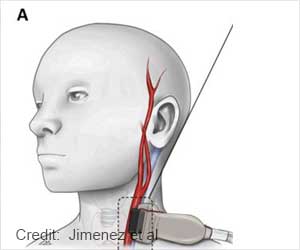Intensive systolic blood pressure control (goal of less than 120 mm Hg) was associated with a smaller increase in white matter lesion volume compared with standard treatment (goal of less than 140 mm Hg).

‘Intensive systolic blood pressure control (goal of less than 120 mm Hg) was associated with a smaller increase in white matter lesion volume compared with standard treatment (goal of less than 140 mm Hg). ’





Researchers report intensive systolic blood pressure control (goal of less than 120 mm Hg) was associated with a smaller increase in white matter lesion volume compared with standard treatment (goal of less than 140 mm Hg). There also was a greater decrease in total brain volume, although the difference was small and the significance of this finding is unclear.
Limitations of the study include the relatively short duration of the intervention and follow-up. Given the limited size of this study, it's also not possible to correlate changes in brain structure with dementia occurrence.
Authors: R. Nick Bryan, M.D., Ph.D., University of Texas at Austin, and coauthors (doi:10.1001/jama.2019.10551)
Editor's Note: The article includes conflict of interest and funding/support disclosures. Please see the article for additional information, including other authors, author contributions and affiliations, financial disclosures, funding and support, etc.
Advertisement















